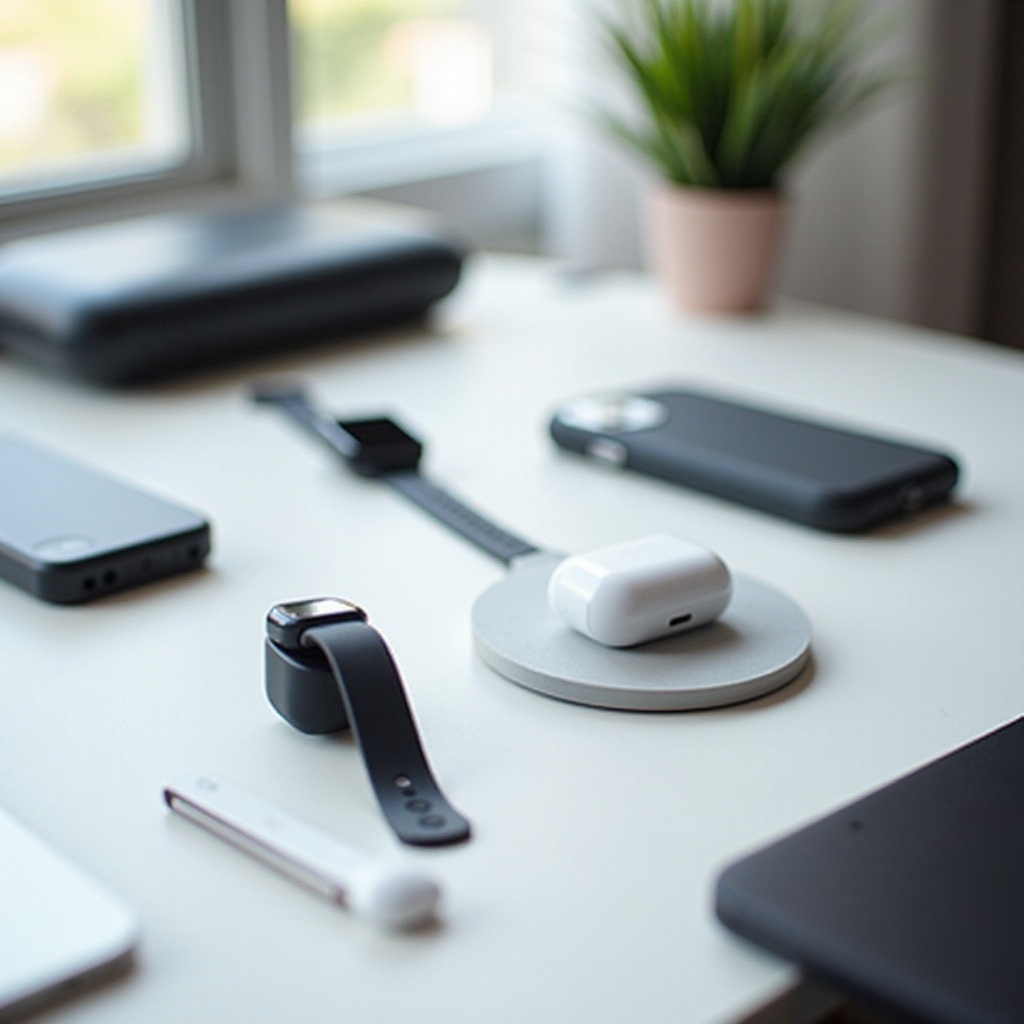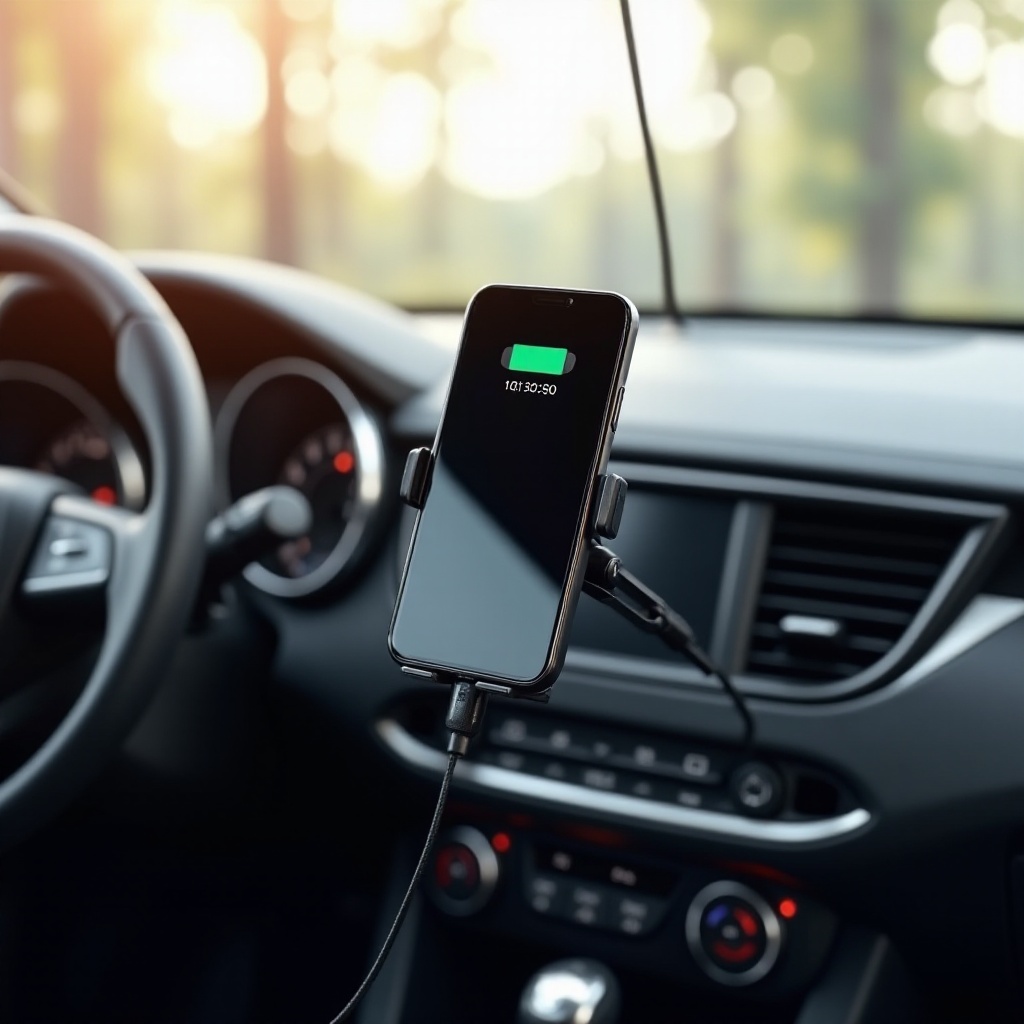Introduction
Have you ever noticed your phone getting unusually hot during charging? This common issue can be concerning and, if ignored, could lead to long-term damage. Understanding why your phone heats up and learning how to mitigate this problem can prolong the life of your device and ensure safe usage.
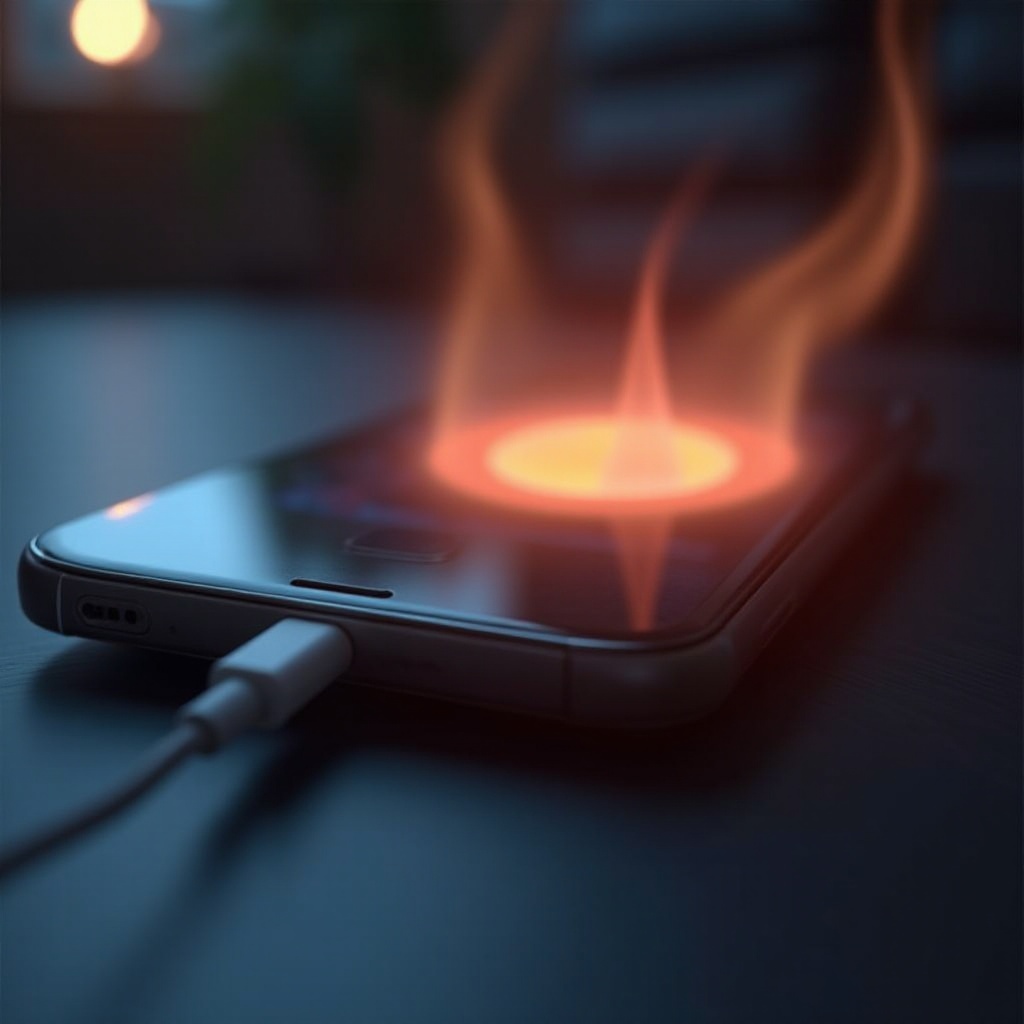
Common Reasons Your Phone Overheats During Charging
Several factors contribute to phones overheating while charging. Recognizing these can help you address the root of the problem effectively.
Fast Charging Technology and Its Impact
Fast charging technology, while convenient, often generates heat. Designed to charge the battery quickly by increasing the power input, it can lead to elevated temperatures. Although modern phones are equipped with safety mechanisms, the rapid influx of power still causes heat build-up.
High Background Activity and Overload
When your phone runs numerous applications or performs background tasks, the processor works harder, generating excess heat. This issue is exacerbated during charging when the battery and internal circuits are already receiving a substantial power input.
Environmental Factors and Poor Ventilation
The environment in which you charge your phone significantly impacts its temperature. Charging your phone in a hot room or covering it with a blanket or pillow can lead to inadequate ventilation, trapping heat and causing the device to overheat.
Signs Your Phone is Overheating
Overheating can manifest through several telltale signs. Being aware of these symptoms helps in taking timely corrective actions.
Feeling Warm to the Touch
If your phone feels excessively warm or hot to hold, it's a clear indication that it's overheating. While some warmth during charging is expected, excessive heat should raise concern.
Battery Drain and Slow Performance
An overheating phone often experiences rapid battery drain. The excessive temperature affects the battery's efficiency, causing it to deplete faster. Additionally, you might notice a decrease in performance, as the phone slows down to manage heat levels.
Frequent App Crashes and Reboots
Overheating can lead to apps crashing or the phone rebooting unexpectedly. Devices have built-in safety features that trigger restarts to prevent heat damage, which manifests through these disruptions.
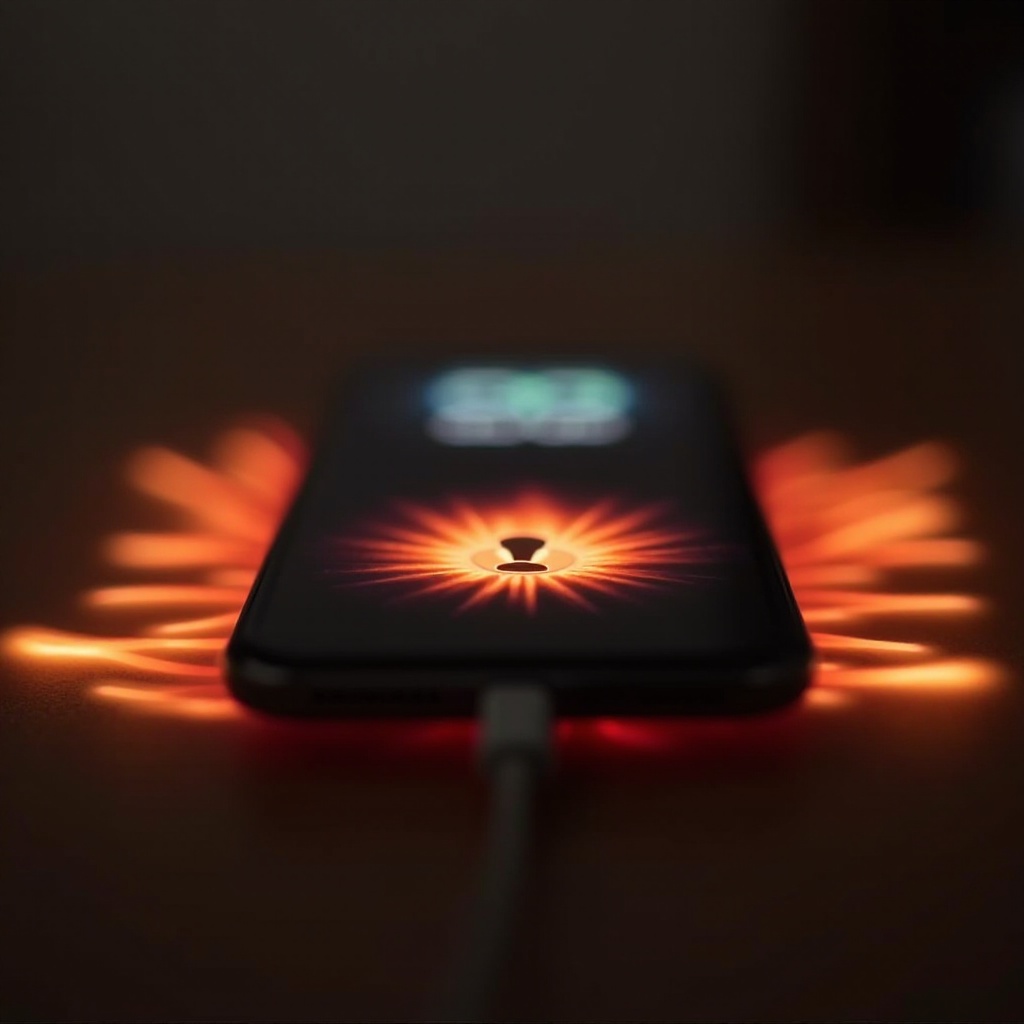
Immediate Steps to Cool Down Your Phone
If you notice your phone overheating, there are several immediate actions you can take to cool it down.
- Disconnect the Charger: Unplug your phone from the charger to stop further heat generation. Allow the device to rest and cool down naturally.
- Close Background Apps and Features: Close any unnecessary apps and disable features like Wi-Fi or Bluetooth temporarily to reduce the processor's workload.
- Switch Off the Phone: Turning off the phone can lower its temperature. If you don't need to use it immediately, this is an effective way to let the device cool.
Preventive Measures to Avoid Overheating
Preventing your phone from overheating requires adopting a few good practices. Implementing these can help maintain your phone's temperature within a safe range.
Use Original or Certified Charging Accessories
Always use the charger and cable provided by the phone manufacturer. Alternative or counterfeit accessories might not match the device's specifications, potentially leading to overheating.
Charge in a Ventilated, Cool Environment
Choose a well-ventilated space to charge your phone. Avoid placing it under pillows, on beds, or in direct sunlight. Charging on a hard, flat surface such as a table promotes better heat dissipation.
Avoid Heavy Usage While Charging
Avoid using your phone for demanding tasks like gaming or streaming while it charges. Such activities generate heat, compounding the heat produced during charging and raising the overall temperature.
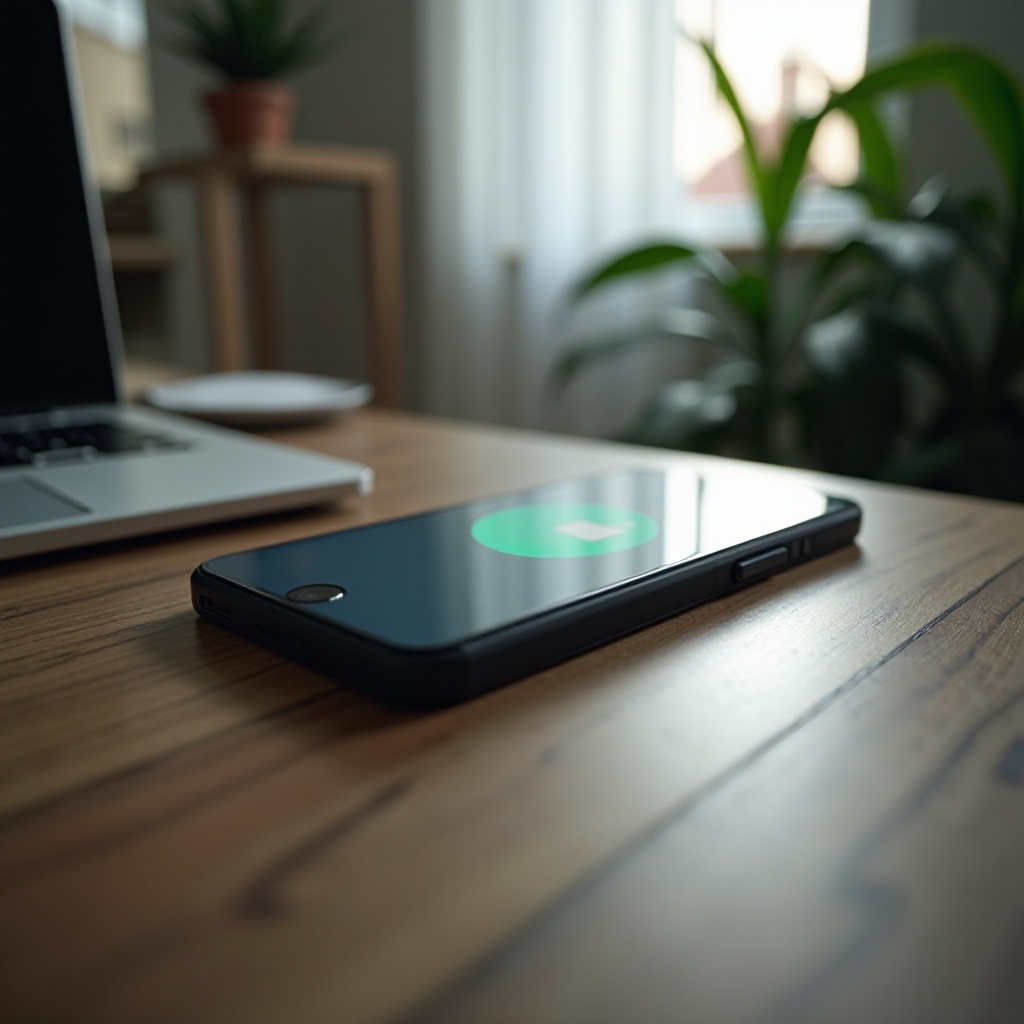
When to Seek Professional Help
If your phone continues to overheat despite taking preventive measures, it might be time to seek professional assistance.
Persistent Overheating
If your phone regularly overheats even when not in use or when charging under optimal conditions, it could indicate an underlying hardware or software issue that needs professional diagnosis.
Noticeable Battery Swelling
If you see any signs of the battery swelling, such as the phone bulging or the screen lifting, stop using the device immediately and consult a professional. A swollen battery poses significant risks and needs to be replaced.
Performance Issues Despite Precautions
If you notice performance issues like slow operation, frequent crashes, or unresponsive apps despite following all preventive measures, professional service is recommended. There might be underlying issues that need technical expertise to resolve.
Conclusion
Maintaining your phone's temperature during charging is crucial for its longevity and safety. By understanding the causes of overheating, recognizing the signs, and implementing preventive measures, you can protect your device from heat damage. Always be cautious and proactive in managing your phone's temperature to ensure optimal performance and safety.
Frequently Asked Questions
Can an overheated phone explode?
While rare, extreme overheating can lead to a phone's battery swelling and potentially bursting. It is vital to address overheating promptly to avoid such risks.
Should I avoid using my phone while it charges?
Ideally, yes. Using your phone for heavy tasks while charging can generate additional heat, exacerbating the problem. It's best to use it minimally or not at all during charging.
How often should I replace my phone's battery?
Battery lifespan varies, but generally, replacing the battery every two to three years helps maintain optimal performance and reduce overheating issues. Always consult a professional for replacement.


